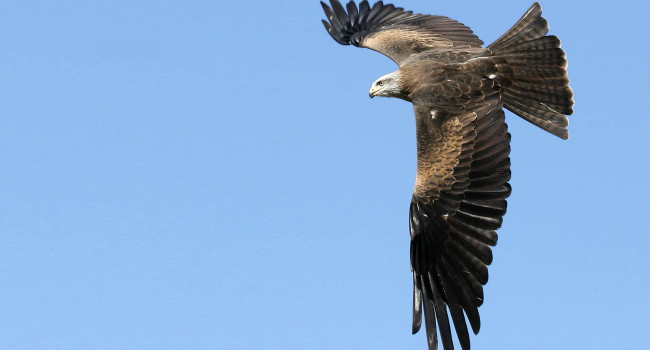Can microclimate offer refuge to an upland bird species under climate change?

Author(s): Massimino, D., Beale, C. M., Suggitt, A. J., Crick, H. Q. P., Macgregor, N. A., Carroll, M. J., Maclean, I. M. D. & Pearce-Higgins, J. W.
Published: July 2020 Pages: 15pp
Journal: Landscape Ecology
Digital Identifier No. (DOI): 10.1007%2Fs10980-020-01069-7
Climate change is now widely recognised as having a large impact on biodiversity, affecting species distributions at a large spatial scale. Previous BTO research has demonstrated a change in species’ ranges within Britain, with a shift northwards and, less frequently, towards higher altitudes. However, the importance of a species’ microclimate – the climate experienced by individual animals, which may be at a scale of metres or smaller – and changes is not well understood.
New research led by the BTO has used data collected by volunteers taking part in the Breeding Bird Survey (BBS) to investigate the effect of microclimate on Meadow Pipits, a globally Red-listed, declining species with important populations concentrated in northern and western upland parts of the UK. Although it was already known that Meadow Pipits are more likely to be found on wet, cool, high-altitude slopes, this work quantified how strongly the species is associated to these locations. Crucially, the analyses also showed that microclimates which are typical of these locations have an even stronger influence on the Meadow Pipit presence than larger-scale (macro) climate has. This is probably linked to the abundance of their cranefly prey, which is positively associated with soil moisture and negatively associated with high summer temperatures.
The importance of these analyses goes well beyond a statistical exercise. With increasing temperatures, the British macroclimate will become progressively unsuitable for this, and other, upland bird species. At lower elevations and latitudes, wet and northerly exposed slopes could become refuges where Meadow Pipits are able to persist, in a similar way to glacial relict species which only survive in enclaves surrounded by otherwise unsuitable environment. Understanding the importance of microclimate for Meadow Pipits and similar upland species has therefore strong implications for species’ conservation in the face of ongoing large scale climate change. Refuges consisting of areas of suitable microclimate could become the future focus for the conservation and protection of cold-adapted species that will be rapidly losing large areas with suitable macroclimate. This study of the humble Meadow Pipit not only adds to the evidence required to inform conservation in the UK, but by highlighting the importance of microclimate, is also relevant to the future conservation of many other mountain bird species around the world that are threatened by climate change.
Abstract
Context
Climate change is a severe threat to biodiversity. Areas with a high variety of microclimates may provide opportunities for species to persist in a changing climate.
Objectives
Test the extent to which microclimate is an important determinant of the distribution of a widespread upland passerine, the meadow pipit Anthus pratensis, and whether microclimate becomes an increasingly important determinant of distribution towards the warm edge of the species’ range.
Methods
We used models of the occurrence of meadow pipits based on data from an extensive survey to identify macroclimate and topographic associations, the latter as proxies of microclimate. We assessed magnitude and direction of the effects of microclimate and whether the magnitude of microclimate effects increases as macroclimate suitability declines.
Results
The probability of meadow pipit occurrence is significantly correlated with macroclimate and microclimate. Microclimate accounts for about a third of the variation in occupancy probability and has a stronger effect than macroclimate at all three spatial scales considered. Elevation and topographical wetness index are positively correlated with meadow pipit occurrence, while insolation is negatively correlated. Elevation and macroclimate suitability show a positive interaction, while insolation and macroclimate suitability show a negative interaction.
Conclusions
Microclimate substantially influences the distribution of the meadow pipit. For high latitude and upland species such as this, suitable areas on cool slopes could form the focus for conservation protection, as these areas are likely to become increasingly utilised and may remain the only locations occupied in otherwise unsuitable climate.








Share this page